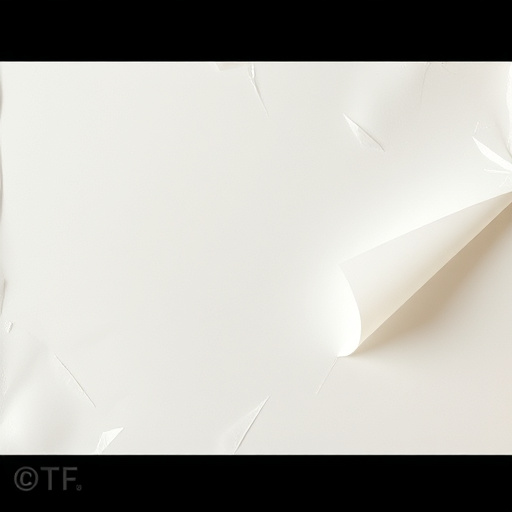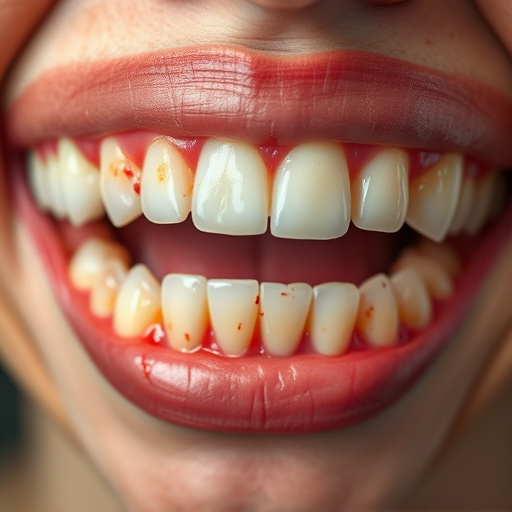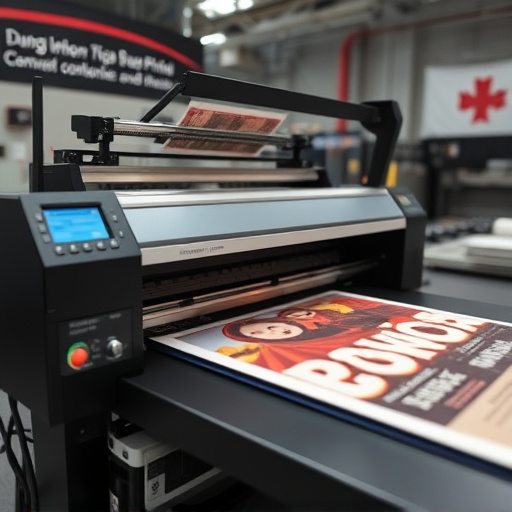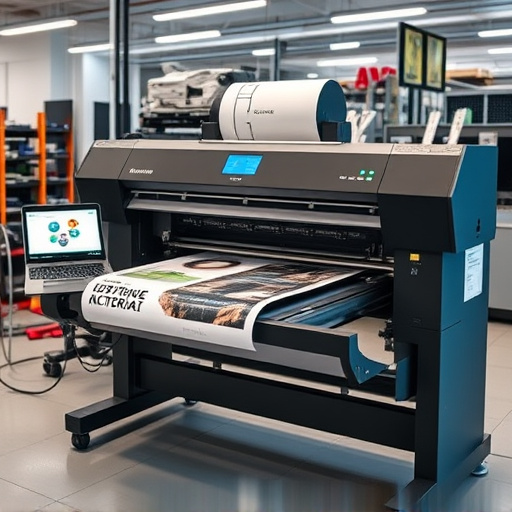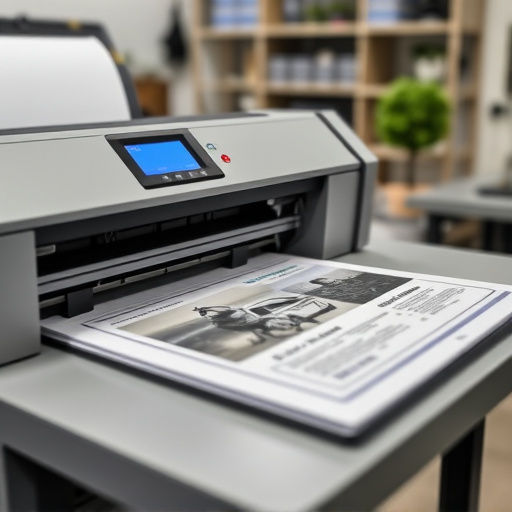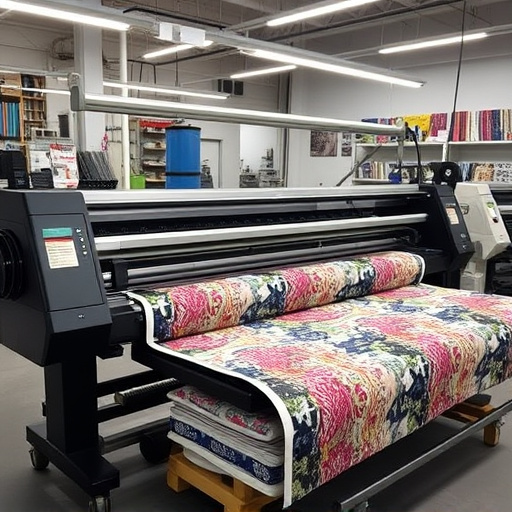Regular cleaning, proper lubrication, and calibration checks are crucial for maintaining DTF cotton printing equipment, ensuring superior print quality, extended lifespan, and accurate color reproduction on custom garments. Consistent pre-treatment, precise calibration settings, and routine maintenance prevent clogs, reduce wear, and deliver vibrant, crisp prints meeting customer expectations.
Maintaining DTF cotton printing equipment is vital for ensuring optimal print quality and longevity. This comprehensive guide delves into the essential practices for proper maintenance, including regular cleaning, pre-treatment procedures, and calibration techniques. By understanding the unique requirements of DTF cotton printing technology, you can troubleshoot common issues effectively. Implement these strategies to foster a robust and efficient printing process, ultimately enhancing your production capabilities and output.
- Understanding DTF Cotton Printing Equipment Maintenance
- Regular Cleaning and Pre-Treatment Procedures
- Calibrating and Troubleshooting Common Issues
Understanding DTF Cotton Printing Equipment Maintenance

Understanding DTF Cotton Printing Equipment Maintenance is key to ensuring optimal performance and longevity of your machinery. DTF (Direct-to-Fabric) cotton printing equipment, often used for bulk dft shirt production, requires a multi-faceted approach to stay in top condition. Regular cleaning is paramount, including the removal of ink residue and debris from both the print head and the fabric surface after each use. This prevents clogs and ensures precise, consistent prints on every DTF transfer.
In addition to cleaning, proper lubrication of moving parts and periodic calibration checks are essential. Lubrication reduces friction, minimizing wear and tear while calibration adjustments guarantee the print head aligns accurately with the fabric, resulting in high-quality, detailed dtf transfers. Regular maintenance not only extends the lifespan of your equipment but also guarantees you’re producing top-tier products, meeting customer expectations for vibrant, precise DTF printing on cotton garments.
Regular Cleaning and Pre-Treatment Procedures
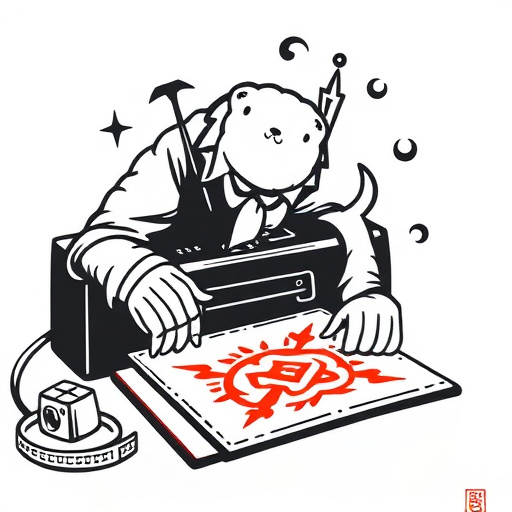
Regular cleaning and pre-treatment are essential practices for maintaining DTF cotton printing equipment at peak performance. Before each use, it’s crucial to thoroughly clean the press and ensure the dtf heat transfer paper is free from any debris or residual ink. Start by removing any printed material and wiping down the press with a soft, dry cloth. Then, use a suitable cleaner specifically designed for DTF printing to remove any built-up ink or residue. This process not only keeps your equipment in pristine condition but also improves print quality, ensuring sharp details and vibrant colors on each new design.
For optimal results, consider implementing a consistent pre-treatment routine. Pre-treating the dtf for custom graphic tees involves preparing the fabric to accept the ink efficiently. This typically includes treating the cotton with a suitable activator or primer to enhance its absorbency. Following the manufacturer’s instructions for the chosen dtf printing for light fabrics is vital, as it guarantees a seamless integration of the design and the fabric, resulting in long-lasting, high-quality prints.
Calibrating and Troubleshooting Common Issues
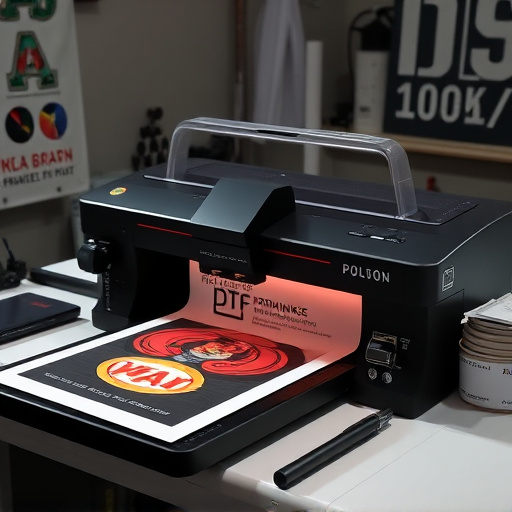
Regular calibration is key to ensuring optimal DTF cotton printing results. Start by checking and adjusting your printer’s settings, including print head alignment and pressure. Calibration ensures precise ink distribution, resulting in crisp, vibrant custom t shirts and accurate color reproduction.
Common issues in DTF printing often stem from problems with the dtf transfer film, misalignment, or blocked nozzles. If your prints are distorted, have uneven lines, or display odd patterns, double-check your calibration settings. Troubleshooting techniques include cleaning the print head, replacing old dtf heat transfer paper, and ensuring proper feed alignment. Regular maintenance and prompt addressing of any issues will keep your DTF cotton printing equipment running smoothly, delivering high-quality results for years to come.
Proper maintenance of DTF cotton printing equipment is essential for ensuring high-quality prints and prolonging the lifespan of your machinery. By regularly cleaning and pre-treating your equipment, calibrating it meticulously, and troubleshooting common issues promptly, you can optimize its performance and keep up with demand in the competitive world of DTF cotton printing. Remember that a well-maintained machine is a reliable partner in creating vibrant, lasting designs on cotton materials.


